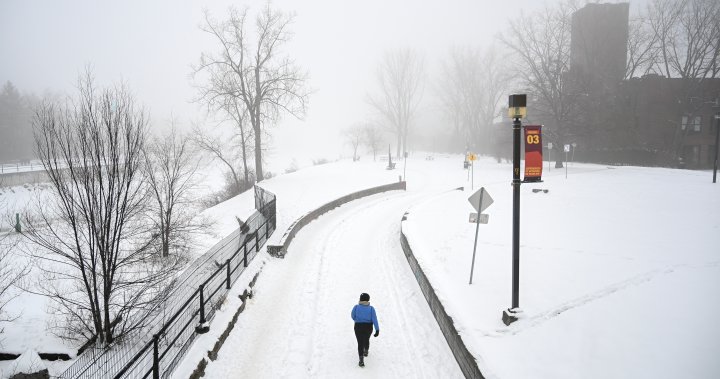The Lachine Canal in Montreal has a rich history that dates back 200 years. It was built by Irish immigrants in the 1820s and played a vital role in connecting the Great Lakes to the Atlantic Ocean. The canal was initially lined with factories that took advantage of the hydraulic energy and the convenience of dumping waste directly into the water. However, with the opening of the St. Lawrence Seaway in 1959, the canal became obsolete, leading to the closure of many factories and the loss of jobs in the working-class neighborhoods surrounding the canal.
Despite its decline, the Lachine Canal underwent a revitalization process in the late 20th century as Parks Canada took over the site and designated it a national historic site in 1996. The canal reopened to pleasure boating in 2002, and today, it is a popular destination for recreation, attracting over a million visitors annually. The area along the canal has seen significant gentrification with the construction of upscale condos, turning what was once an industrial hub into a trendy neighborhood. However, the rapid pace of gentrification has raised concerns about the loss of affordable housing and the displacement of longstanding residents who have deep connections to the area.
The revitalization of the Lachine Canal reflects broader changes in Montreal’s urban landscape. The city is now shifting its focus away from heavy industry towards attracting tech startups and social economy enterprises to the former industrial sites along the canal. While developers are working to preserve the heritage aspects of the area, such as the old silos and red-brick facades, the cost of restoration often results in the construction of high-end condos that are out of reach for many long-time residents. The tension between preserving heritage and catering to new, wealthier residents highlights the complex challenges faced by cities undergoing rapid transformation.
Historian Steven High emphasizes the importance of recognizing the multi-generational connections that people have to their neighborhoods and the impact of gentrification on communities. The Lachine Canal stands as a symbol of Montreal’s industrial past and ongoing urban renewal efforts. The question remains as to how the city will balance the preservation of heritage with the need to accommodate new developments and a changing demographic. The future of the Lachine Canal holds potential for continued transformation and growth, but it also raises important questions about the value of preserving history and the well-being of communities in the midst of urban change.


